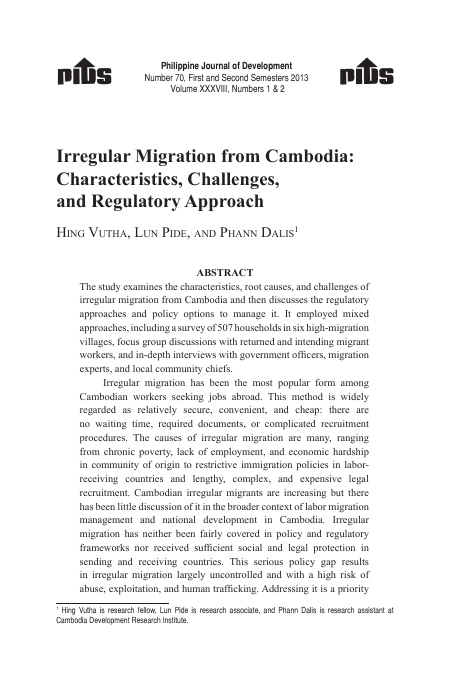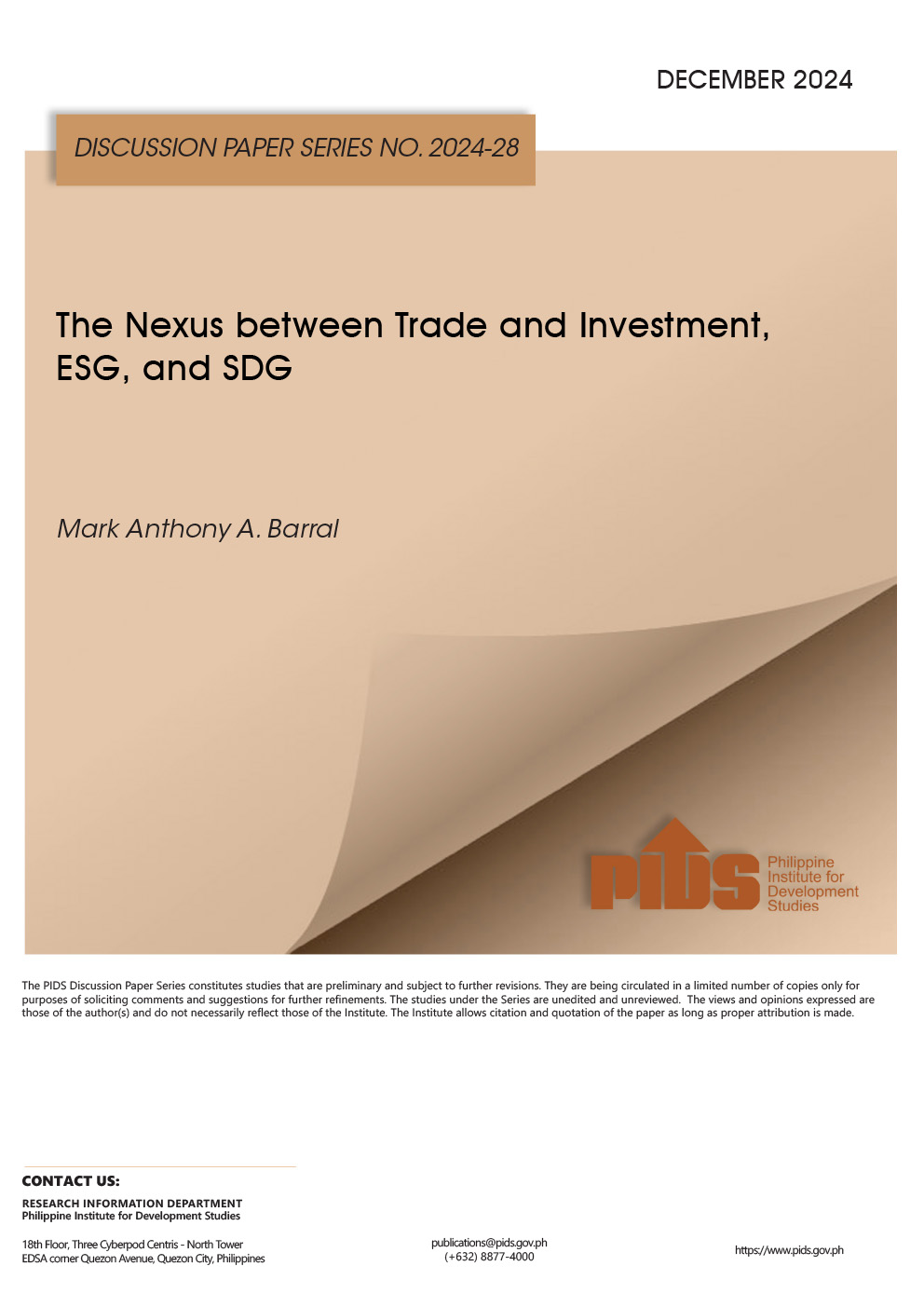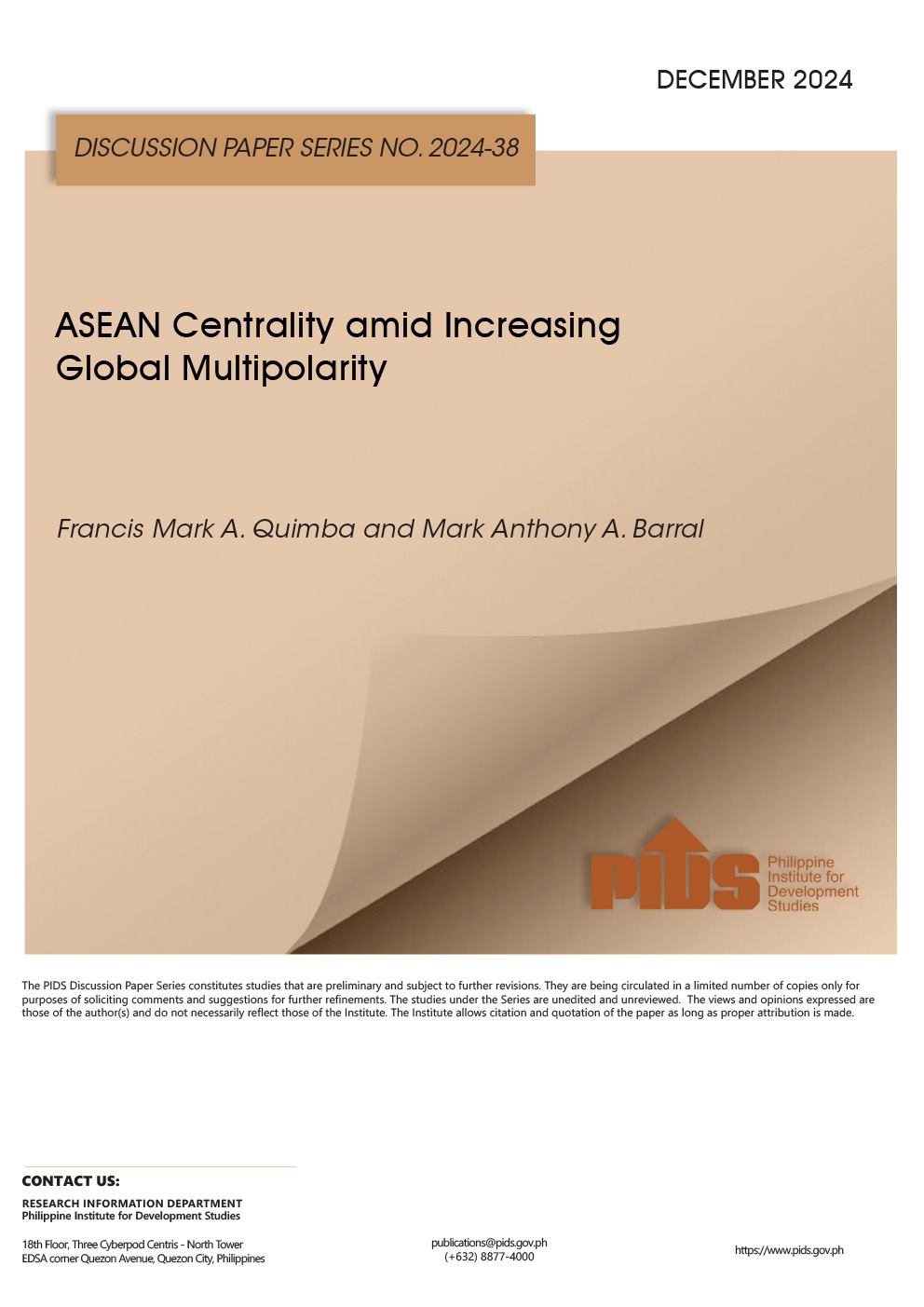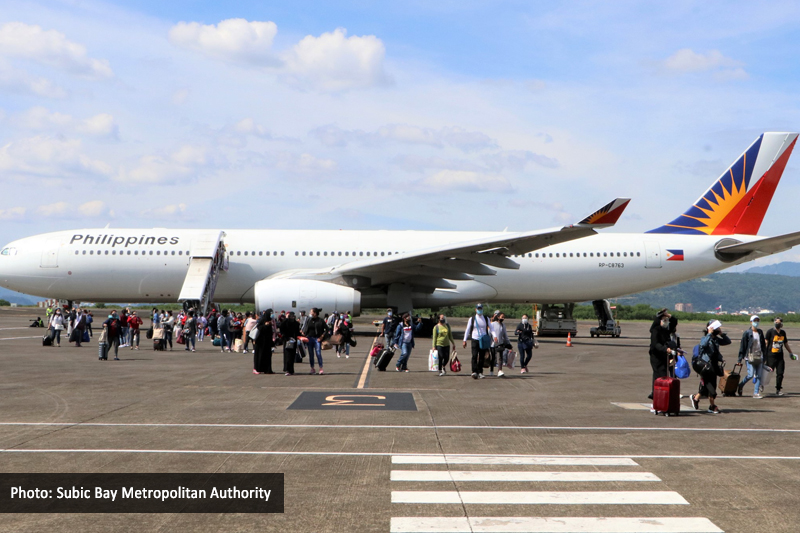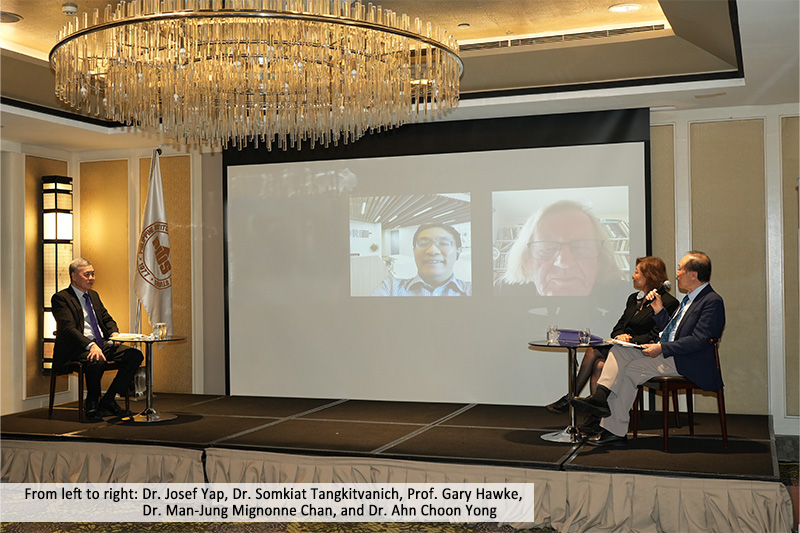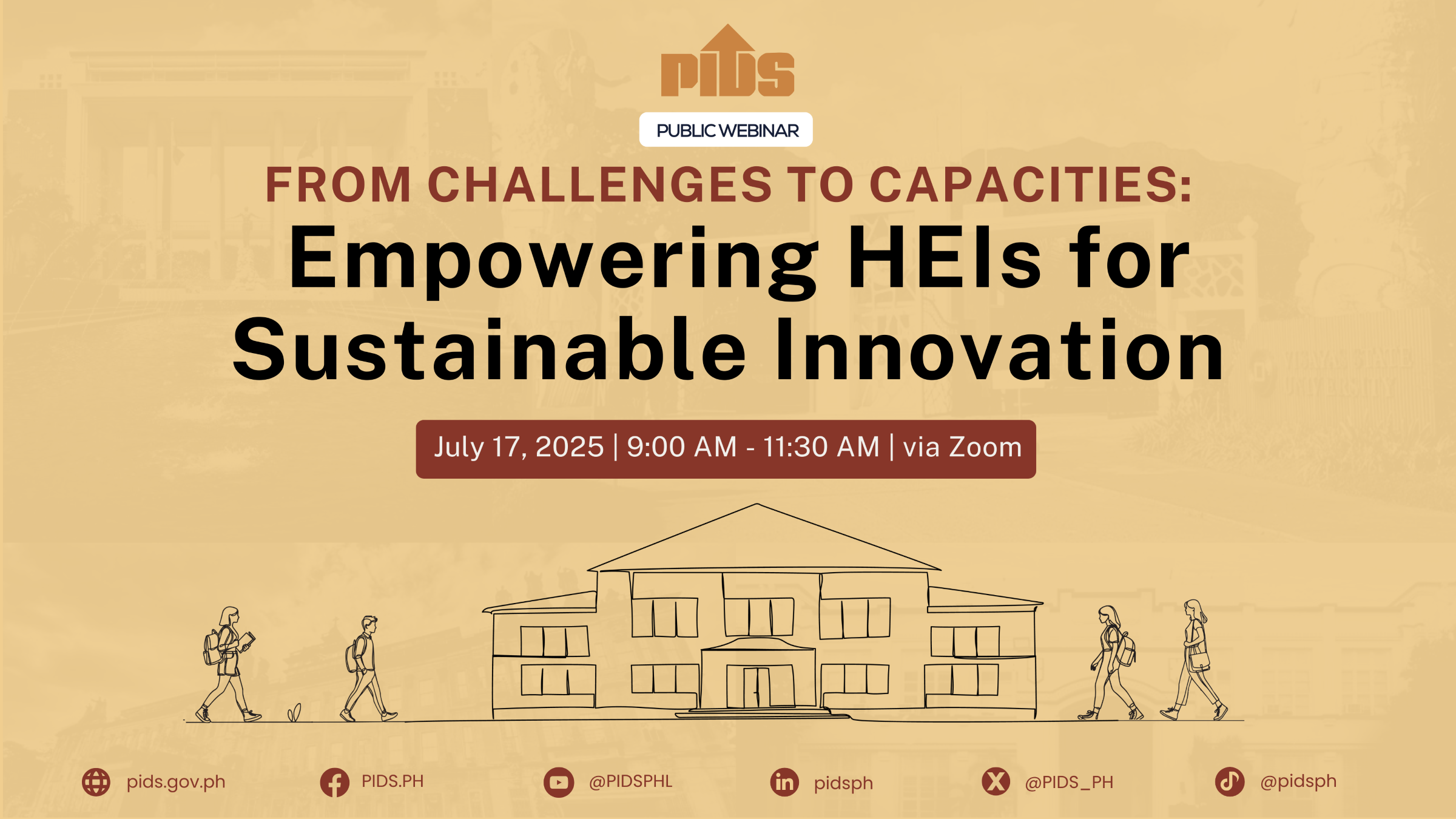The study examines the characteristics, root causes, and challenges of irregular migration from Cambodia and then discusses the regulatory approaches and policy options to manage it. It employed mixed approaches, including a survey of 507 households in six high-migration villages, focus group discussions with returned and intending migrant workers, and in-depth interviews with government officers, migration experts, and local community chiefs.
Irregular migration has been the most popular form among Cambodian workers seeking jobs abroad. This method is widely regarded as relatively secure, convenient, and cheap: there are no waiting time, required documents, or complicated recruitment procedures. Cambodian irregular migrants are increasing but there has been little discussion of it in the broader context of labor migration management and national development in Cambodia. Irregular migration has neither been fairly covered in policy and regulatory frameworks nor received sufficient social and legal protection in sending and receiving countries. This serious policy gap results in irregular migration largely uncontrolled and with a high risk of abuse, exploitation, and human trafficking. Addressing it is a priority policy issue, and it requires a holistic and comprehensive approach involving policy and program interventions at all stages of migration by those concerned.
Citations
This publication has been cited 1 time
- Hatsukano, Naomi. 2015. Improving the regulatory and support environment for migrant workers for greater productivity, competitiveness, and social welfare in ASEAN. Working Papers DP-2015-76. Economic Research Institute for ASEAN and East Asia (ERIA).

